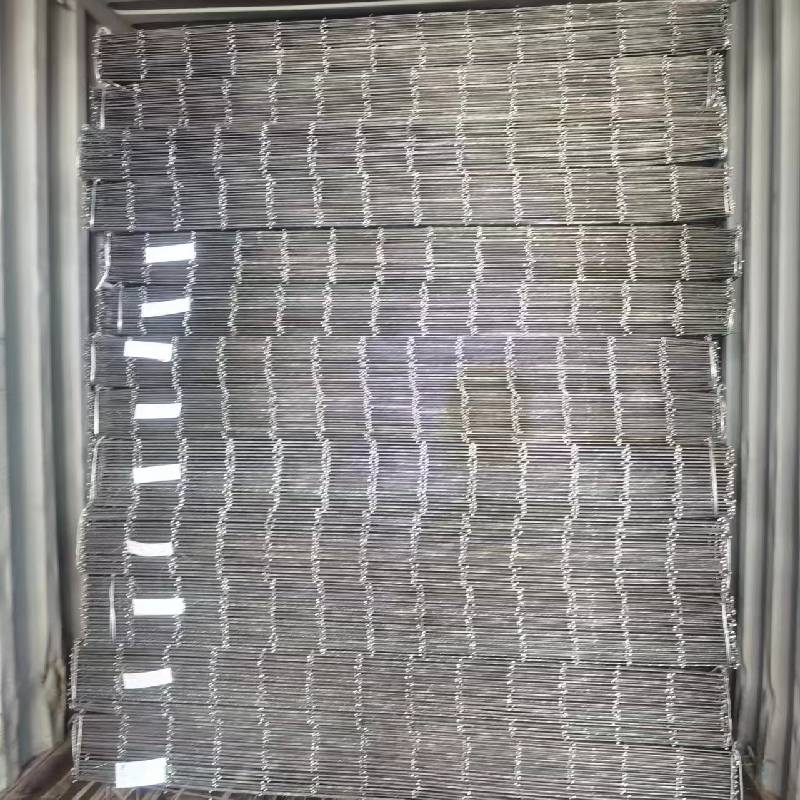
- Mobile Phone
- +8613931874955
- sales@cntcmetal.com
galvanised mesh prices
Understanding Galvanised Mesh Prices Factors and Trends
Galvanised mesh, a staple in construction, agriculture, and fencing, has garnered attention due to its versatility and durability. This product, made from steel wire that has been coated with zinc to prevent rust, is integral to various applications, such as security fencing, animal enclosures, and even industrial settings. However, like any commodity, the prices of galvanised mesh fluctuate based on several factors, including material costs, demand, and market trends.
Factors Influencing Galvanised Mesh Prices
1. Raw Material Costs The primary component of galvanised mesh is steel, and its price is highly influenced by the global steel market. Factors such as mining output, geopolitical tensions, and trade tariffs play a substantial role in determining steel prices. A rise in steel prices directly affects the cost of galvanised mesh, impacting industries reliant on this material.
2. Zinc Costs The galvanisation process involves coating steel with zinc to enhance its resistance to corrosion. Consequently, zinc prices also influence the overall cost of galvanised mesh. Any fluctuations in the zinc market—due to production changes or demand from various industries—can lead to price adjustments for galvanised mesh.
3. Demand Dynamics The demand for galvanised mesh has seen significant shifts, influenced by various sectors such as construction and agriculture. For instance, booming construction projects often lead to increased demand for mesh products, driving prices higher. Conversely, during economic downturns, demand may plummet, leading to reduced prices.
4. Production Techniques Advances in production technology can also impact galvanised mesh prices. Innovations that lower production costs can lead to more competitive pricing, while older, less efficient processes may contribute to higher costs. Additionally, the scale of production plays a role—larger manufacturers may benefit from economies of scale, allowing them to offer lower prices compared to smaller competitors.
galvanised mesh prices

5. Transport and Logistics The cost of transporting galvanised mesh from manufacturers to consumers is another variable affecting prices. Rising fuel prices or logistical challenges can lead to higher transportation costs, ultimately translating to increased prices for the end-user.
Current Trends in Galvanised Mesh Pricing
As of 2023, the galvanised mesh market has been navigating the effects of global supply chain disruptions, inflation, and shifting construction demands. Many regions have experienced increased construction activities as economies rebound from the pandemic, leading to heightened demand for building materials, including galvanised mesh. This uptick in demand has exerted upward pressure on prices.
In addition, environmental considerations are shaping the galvanised mesh industry. Consumers and businesses are increasingly mindful of sustainability, prompting manufacturers to adopt greener production practices. While these practices may lead to a temporary increase in costs, they could also place galvanised mesh products in a favorable light for eco-conscious consumers, potentially sustaining demand in the long run.
Conclusion
In conclusion, understanding the complexities behind galvanised mesh prices involves recognizing the interplay of material costs, demand fluctuations, production techniques, and logistical considerations. For consumers, staying informed about these trends is crucial when navigating purchasing decisions. As the market evolves, being aware of these influencing factors not only helps in making prudent financial choices but also prepares industries for the future dynamics of this essential material. Whether for construction, agriculture, or industrial use, knowing the nuances of galvanised mesh pricing is vital for maximizing value and ensuring the longevity of investments.
share:
-
Wall Ties for Concrete: Invisible Guardians of Building Structural StabilityNewsAug.08,2025
-
Timber Frame Wall Ties: Stable Bonds for Load TransmissionNewsAug.08,2025
-
Stainless Steel Woven Wire Mesh: A versatile material from boundary protection to functional supportNewsAug.08,2025
-
Powder Coat Coil Springs: Creating peace of mind and reliability with sturdy protectionNewsAug.08,2025
-
Floor Standing Sign Holder: A Powerful Assistant for Flexible DisplayNewsAug.08,2025
-
Binding Iron Wire: An Invisible Bond for Building StabilityNewsAug.08,2025
-
Yard Sign Stakes: Reliable Guardians of Outdoor SignsNewsAug.04,2025



















